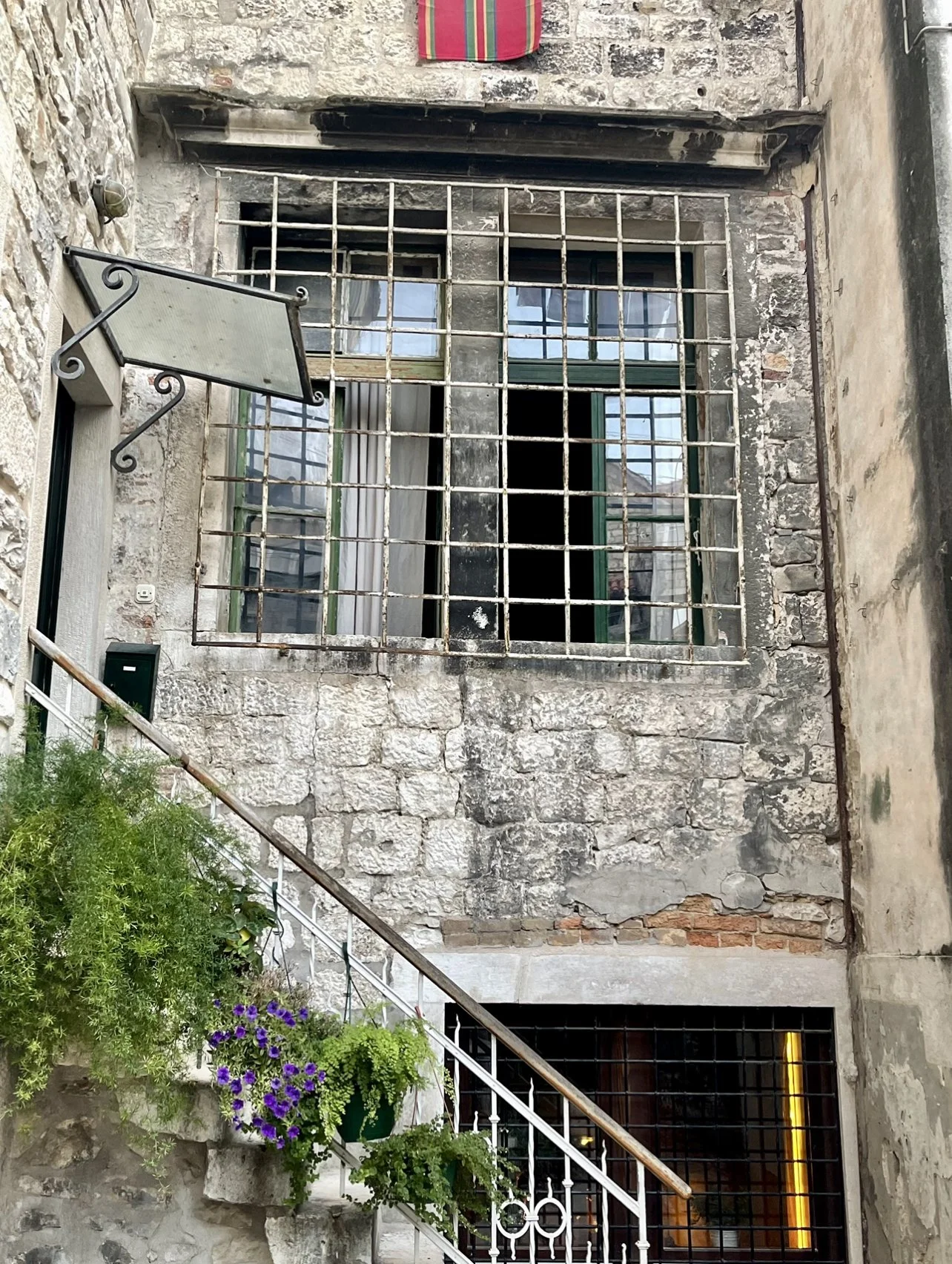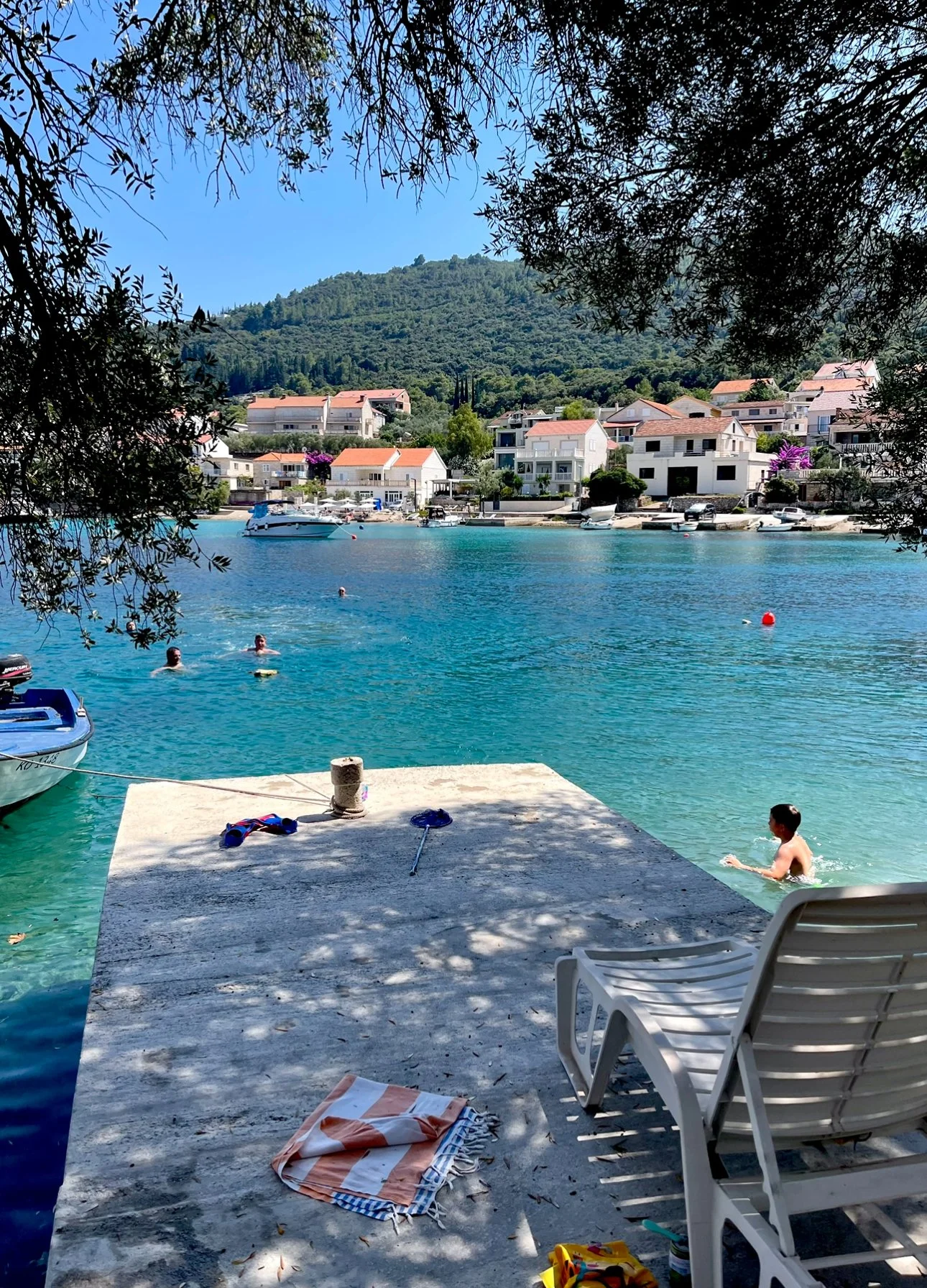Episode 89
Dobra večer, prijatelji! We’ve a got great lesson for you today! Let’s learn some of the words for the personal items that we use in our everyday lives. Before you leave the house for any reason, what do you need before you go? Listen to our episode and find out!
Everyday Words
keys - ključevi
cell phone - mobitel
wallet - novčanik
purse - torba
shopping bag - vrećica
umbrella - kišobran
menu - jelovnik (restaurant)
price list - cijenik (bar/cafe)
- Thank you, Ellen S!
Super Slatko Report
In this installment of the Super Slatko Report, DJ Moe responds to listener request and talks about Tamburica. It’s a wonderful form of music with unique instruments that is enjoyed many of the people of South Eastern Europe. Join us!
Tamburica means two things, Tamburica is a style of Croatian folk music, but it’s also a musical instrument. They are related because you can play a Tamburica instrument to make Tamburica music. Also worth noting, when referring to more than one Tamburica, its plural is Tambura.
So let’s start with the musical instrument itself.
According to Wikipedia, the Tamburica “refers to a family of long-necked lutes popular in Southern Europe and Central Europe, especially Serbia, Bosnia and Herzegovina, Croatia (of which it is the national string instrument), Slovenia, and Hungry”
If you’re wondering what a Lute is, it basically refers to a plucked stringed instrument with a cavity that has some type of sound hole. Some examples of Lutes you may have heard of are the: Mandolin, Sitar, Banjo, Guitar, Ukulele and now the Tamburica.
The origins of the musical instrument go back prior to the Byzantine Empire and are said to originate with the Turks some claim the Greeks could be involved as well. The oldest known and verified Tamburica can be found in Osijek Croatia, that dates back to 1847.
Over the years, the Tamburica instrument evolved, splitting off tonally to provide different sounds which are showcased best in an ensemble setting. Wikipedia shows at least 7 variations:
Samica (more a solo type instrument, not usually found in an ensemble)
The Prim, very loud and usually meant for lead melodies.
The Brač - slightly larger than the Prim, but played in a similar fashion, as a lead instrument
The čelović - no description of its role, but if i were to guess, most likely a rhythm accompaniment instrument.
The Bugarija - similar to a guitar, plays mostly rhythm, 5 strings.
The čelo - similar to the Bugarija, in size and look, 4 strings and plays off of the Bugarija parts.
The Bas, has only four strings and is the largest, play the bass lines.
Families of musical instruments are common, for comparison; think of Saxaphones, Soprano, Alto, Tenor, Baritone, or even the Guitar, Baritone Guitar, Bass Guitar..
Switching over to The Tamburica style of music.
Rich in culture, the Tamburica folk music can be instrumental or contain lyrics. An ensemble can start at 3 players and easily be ten times that depending on the size of the orchestra. Instrumentation can fluctuate as well, with different Tambura taking the lead for different pieces.
The Tamburica subject matter is an expression of its people, touching on everything from; love, to happiness, sorrow, the seasons and even village life. The instrumentation of the Tamburica music tends to lean towards the rhythmic side, with dazzling melodies overlapping one another while chorded strumming and bass lines keep the time and foundation whole. Here’s what from what I heard from some examples I found. The Prim lives in the higher registers of the ensemble, carrying the lead melody. Plucked quickly and precisely, these notes float at the top of a musical piece; usually at a rapid pace. In the the mid range, the strum of the Bugarija and Čleo support the structure of the songs, filling the spaces with chords that enrich the overall sound and drive home the changes that often occur very quickly. Then there is the Bas, which brings in the lows that are necessary to even out the overall sound. The Bas, adding in roots for the piece to ensure a steady pace and feel. The Bas moves along with the song as quickly as the piece requires but provides a rock steady foundation throughout.
Take all that as a traditional overview, there were a few examples where all of that was flipped around, so I feel like the description I just gave is just one of many formulas you may encounter; just know that there are variations where roles may be switched.
This tradition of the Tamburica music lives on and thrives in many places today. In the US, I came across multiple orchestras in cities across the country; including Chicago, New York, Los Angeles, parts of Florida and even LLC Pod Prieteljie Anton over in Seattle who helped with suggesting this Super Slatko topic. But truly this music can be found all over, obviously Croatia but also Serbia, Bosnia, even Australia and Canada to name a few.
And that’s it for the Super Slatko Report.






